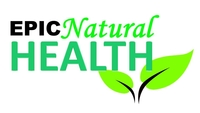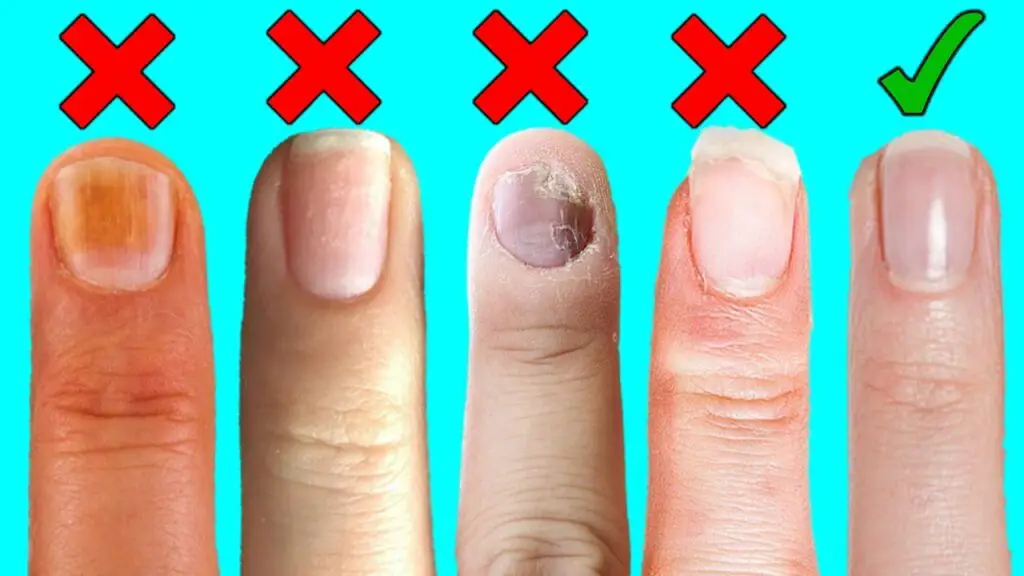Perhaps you don't spend a lot of time thinking about your nails. Or maybe you do, and a manicure is a treat you often look forward to. Either way, issues with your nails can be unpleasant, unsightly, and even worrying. Just about all of us will encounter some kind of nail problem in our lives, even if it's something as simple as a cracked or broken nail.
If you have issues with peeling or discolored nails, it can be covered up by nail polish, but is that really sensible? After all, this only deals with the unsightly symptoms, not the cause of the problems. So, what are your nails really telling you about your health? Could it simply be a case of a nail damaged by getting trapped in a door, or could it mean something else? Let's find out about the 8 things your nails might say about your health and wellness.
1. Soft, Weak & Pale Nails
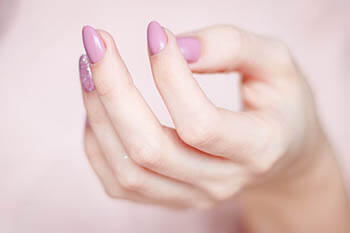

Soft nails that bend and break easily are a common problem. Softened nails can be caused by chemicals, and this softening can cause other problems down the line, such as breakages, lines, ridging, or injury to the nail bed. The kind of damage will depend on what chemicals are coming into contact with your nails.
For example, wearing nail polish and using polish remover can regularly damage your nails. Household chemicals such as cleaning and laundry products can also weaken your nails. If you have your hands in and out of water for cleaning or work, wearing protective gloves might be a good idea.
2. Peeling Nails
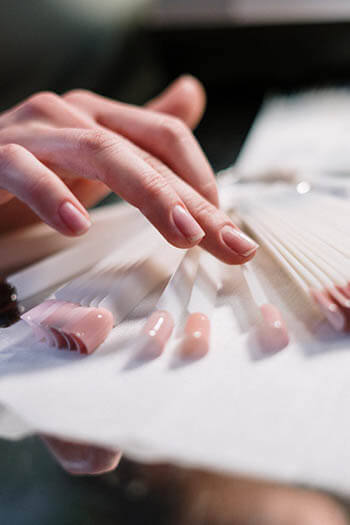

There can be a number of causes of peeling nails. Trauma can cause your fingernails and toenails to peel. Since we all use our hands, especially, all the time, this trauma could come from just about anywhere.
Using your nails as a tool (who hasn't used a fingernail to peel off a stubborn sticker?) or removing acrylic nails can cause damage. Poorly applied acrylics can also damage your nails. Soaking your hands in water for too long can cause peeling. So, if your job requires you to have your hands in and out of water a lot, it might be a good idea to wear protective gloves.
However, vitamin deficiencies, which are health-related can also cause peeling of your nails. How can you tell whether the peeling is caused by trauma or a deficiency?
If your toenails are peeling too, it could be an internal issue, rather than an external one (trauma). An iron deficiency can be fixed by adding iron-rich foods to your diet.
3. Brittle Nails
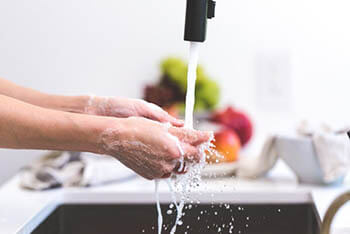

Brittle nails that split and crack easily are often seen in people who have their hands in and out of water. Applying lotion and wearing protective gloves before putting your hands in water can help to ease this problem.
However, an iron deficiency or hypothyroidism can also cause rough and brittle nails. If that's the case, it would be wise to consult a doctor to be sure.
4. Ridged Nails
There are two main types of ridges on nails. One runs from tip to cuticle, and is considered quite normal. These ridges develop as we age. Vertical ridges on fingernails can be a sign of anemia, so if these ridges develop suddenly or get worse, visit a doctor for medical advice and to discuss the possible causes.
However, horizontal ridges (or Beau's lines) can mean something more serious, and it's good to get these checked out by a doctor. Horizontal lines can be caused by chronic kidney disease, which can also inhibit nail growth.
5. Black or Dark Lines on Nails
Dark or black lines are nearly always a sign of trauma. They're caused by blood vessel inflammations under the nail, due to damage to the nail or bed. Chances are, if you develop a black line on your nail, you can think of an occasion when you accidentally slammed your finger in a door, or some such incident!
However, when a vertical ridge is colored black, red, or brown, this could be a sign of another health condition. In this case, the black line would span from cuticle to tip.
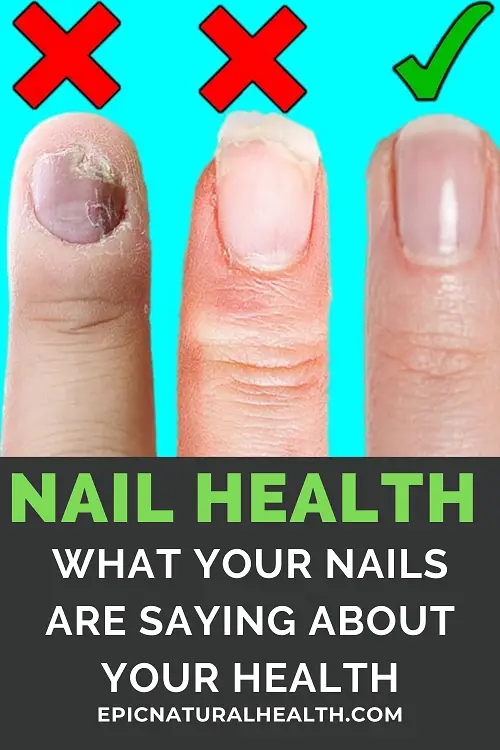

6. Yellow Nails
Yellow nails may look unpleasant and unsightly, and are unfortunately very common. The yellow hue is often a sign of a skin reaction, or from an infection. For example, you might have an allergic reaction to a fingernail polish, resulting in yellowed nails.
Prolonged use of nail polish, or using nail varnish without a clear base coat, can dye your nails over time. The color should grow out, providing you deal with the root cause of the discoloration.
If the yellow doesn't grow out, despite your best efforts, it might be a good idea to consult a doctor to determine the underlying cause.
7. White Spots on Nails
White spots on the nails are another common problem. These can have a number of causes, including a zinc deficiency, a fungal infection of the nail fold, or even minor nail injuries. White spots on nails can also be a sign of allergic reactions.
Typically, white spots are caused by fingernail trauma that isn't serious enough to leave a black, brown, or red mark. Trauma marks on nails may be rough to the touch, accompanied by peeling nails or black marks. If that's the case, you simply need to wait for the fingernail to grow out.
A fungal infection of the nail fold should be dealt with as soon as possible, to prevent the infection spreading to the other nails. You can easily find an antifungal remedy for nails in a pharmacy. For virulent or recurring infections, speak to a doctor.
A zinc deficiency can be fixed by supplements. Multivitamins that contain a bit of several different vitamins can be a good choice.
8. Odd Half Moons
Half moons are the little whitish upside-down crescent on the base of our nails. Technically known as fingernail moons, you may notice that yours have disappeared. An overgrown cuticle or some other harmless issue could be hiding your half moons, but it could also be a symptom of something else. Malnutrition, anemia, and depression can all cause missing half moons.
However, half moons may sometimes begin turning red, and may be accompanied by other symptoms:
- Weight loss
- Weight gain
- Strange cravings
- Dizziness
- Anxiety
- Lightheadedness
If you experience any of these, it may be wise to see a doctor.
Nail Changes: When to See a Doctor
Any kind of growth, abnormalities or noticeable nail change should be reported to your doctor, who can offer suitable medical advice when needed. Whether you have a problem with one nail or more, a medical expert can quickly determine the signs and possible causes. Chances are, it's nothing, but changes may be related to other overall health problems, so it's wise to get your symptoms medically reviewed.
Some changes include pitted nails, changes in thickness or texture, issues with the skin around the nail, discoloration, and deep grooves and lines.
There may also be other symptoms along with changes to your nails. While many of these symptoms can be related to other, harmless conditions, here are a few symptoms to look out for:
- Fatigue, excessive tiredness
- Unexplained weight loss
- Anxiety
- Inflammation of the skin around the nail
- Bleeding from the nails
- Night sweats
- Unusual cravings
- Heart palpitations, heart murmur
- Pale skin
- Swelling in the feet
Combined with nail issues, these can be a sign of something more concerning. It would be wise to visit a medical expert, just to rule out any more serious health issues. Chances are, nail issues all by themselves are likely not anything to worry about.
How to Keep Nails Healthy
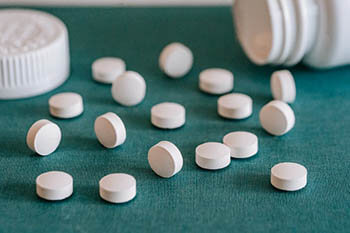

When our bodies aren't in peak health, our nails, skin, and hair are often the first to show it. On the other hand, strong nails, glossy hair, and glowing skin are commonly associated with good health.
The key to healthy nails may be as simple as taking in enough nutrients and minerals. Ideally, we would get all the nutrients we need via our diet. However, if you're deficient in particular nutrient, a vitamin supplement can help you get the vitamins you need. A healthy diet and a balanced lifestyle can work to nourish your nails, along with your whole body. This includes proper hygiene and nail care, plenty of sleep, and staying well hydrated.
Should I Be Concerned About My Nails?
While your nails can tell you a lot about your health, don't forget how much wear and tear they go through! Especially if you work with your hands, your nails are going to go through some heavy-duty work. They can get damaged or experience trauma. A bad enough injury can permanently damage the nail bed, resulting in permanent lines or persistent breakage.
Nail plate changes by themselves are often nothing to worry about, and aren't linked to overall health problems. A serious illness like congestive heart failure, skin cancer and kidney disease are usually accompanied by more symptoms than just issues with your nails. Thankfully, there's no need to spend your days worrying over every crack and mark in your nails!
However, if you're concerned about anything, or you have any reason to suspect a health problem, a quick trip to a medical professional can ease your worries.
